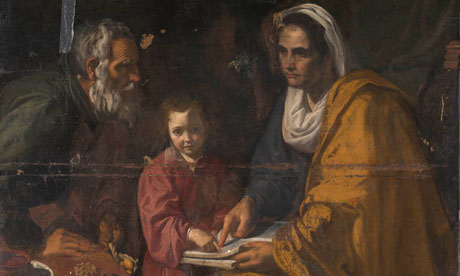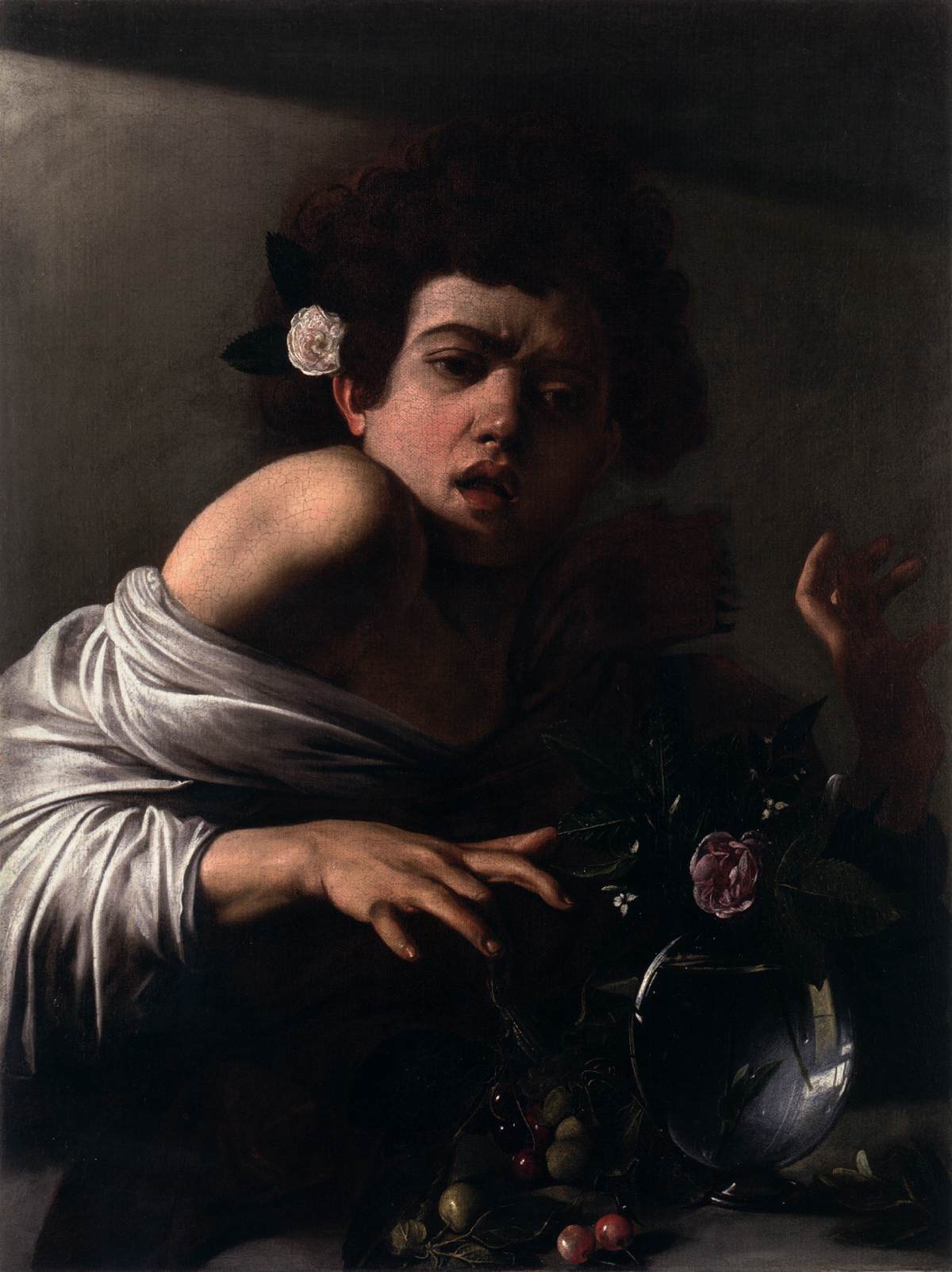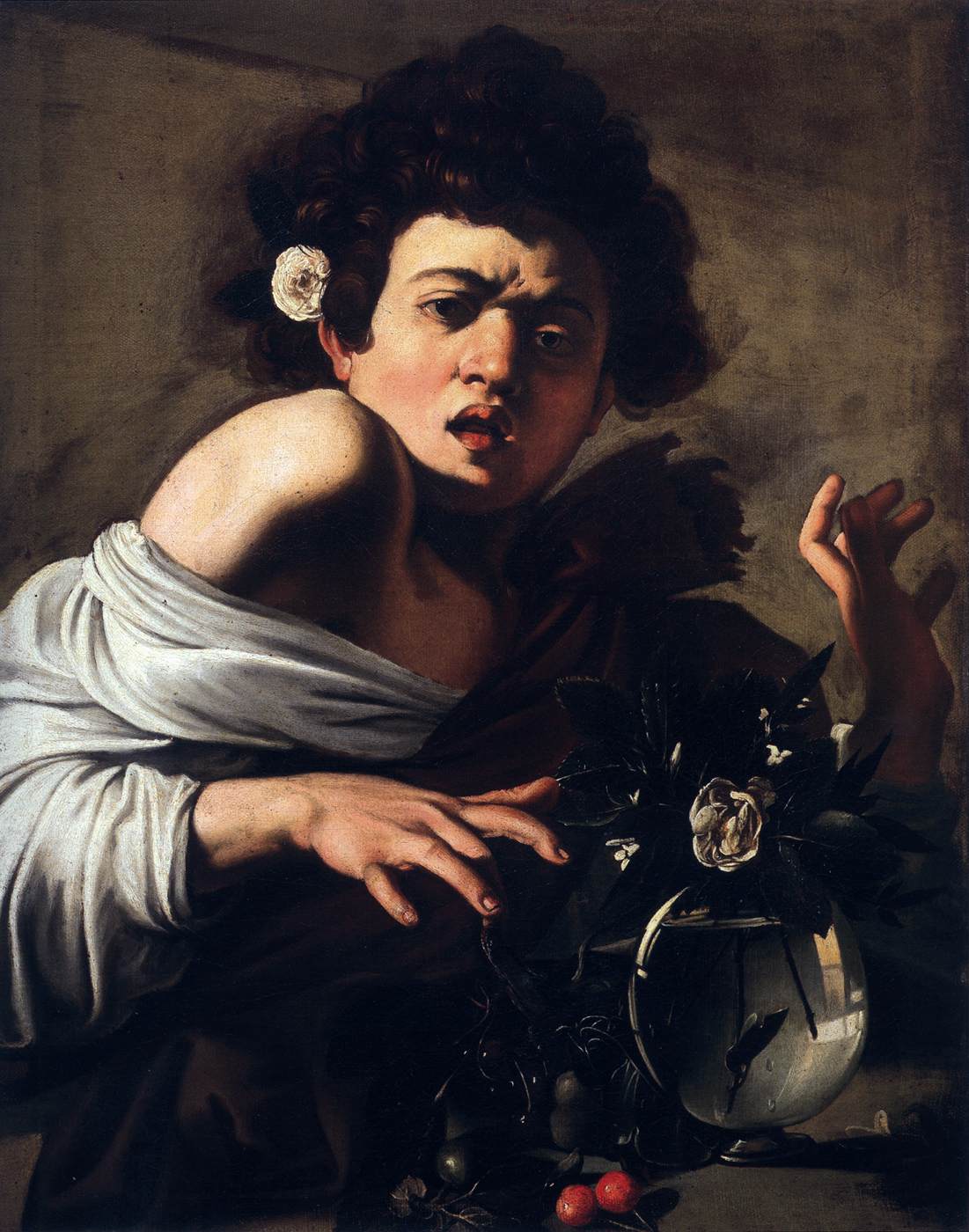Friday, February 25th, 2011
Titian, Mulvey, and Lacan
I’ve been on a Renaissance kick lately, haven’t I? For several weeks I have been wanting to write a post about Titian’s Venus with a Mirror (c. 1555, shown left). I think this painting is so interesting, especially because it can be applied to a few theories that are popular in art historical analysis.
I often feel a bit unsettled when looking at this painting, and it has to do with Venus’ mirror reflection. The reflection of Venus’ eye captures my attention the most. For one thing, only one eye is reflected in the mirror, causing goddess of love’s reflection to look a little bit like the Cyclops! Ha! The eye also seems to stare out of the picture plane towards the viewer (perhaps as a way to invite the viewer into the painting, as was suggested by Obridge in a comment for an earlier post of mine). This direct gaze makes the viewer extremely aware of his (the pronoun is intentional) voyeuristic gaze. (And although I don’t bring a “male gaze” to the painting, perhaps I feel unsettled because I’m a heterosexual woman; I don’t want to be accused as a voyeur while gazing at a female form!) One perceives that Venus is completely aware that her nude body is on display, since her reflected eye acknowledges the viewer’s presence.
But it’s not only the direct gaze in the reflection that captures my interest. It’s the fact that only part of Venus’ body is revealed in the reflection. Through the “cropping” of the mirror frame, Venus’ eye and shoulder become fetishized for the viewer. This reminds me so much of Laura Mulvey’s discussion of women in film. Mulvey discusses how the film camera crops and fetishizes the female form, particularly with camera close-ups on specific parts of the female body.1 It can be argued that Titian is doing the same thing, by having the mirror highlight certain parts of Venus’ body.
I wonder what psychoanalyst Lacan would say about Venus with a Mirror. Lacanian theory discusses how the mirror stage is the most important stage of development for a child (and the child’s ego) – it’s the point in which an infant recognizes himself/herself in the mirror.2 Lacan also is interested in the idea of the gaze, particularly how one develops awareness through looking.3 Given the usage of a mirror (and gaze!) in this painting, can anything be related to the mirror stage? Does the viewer feel compelled to recognize his own eye (and, perhaps by extension, his role as a spectator) when gazing at the reflected eye? Perhaps this is one reason that I feel a little unsettled; I am accustomed to seeing my own eye when I gaze at a mirror, and not the direct gaze of another person’s eye.
Lacan discusses how a young infant experiences elation during the mirror stage, for the child imagines the mirror image to be more complete and more perfect than the child experiences his own body. Obviously, the viewer can’t get a sense of completion and perfection in the mirror image that Titian has created, since Venus’ body is fragmented from the viewer’s perspective. The viewer expects to see (and anticipates that Venus also sees) a more complete reflection of the goddess in the mirror, but in actuality the more complete image of Venus (for the viewer, at least) is displayed on the left side of the canvas. Hence, I feel unsettled; the mirror has failed my expectations, yet paradoxically I am still given a “complete image” of Venus within the picture frame.
Does anyone else feel a bit unsettled by looking at this painting? Why or why not?
1 Laura Mulvey, “Visual Pleasure and Narrative Cinema,” in Screen 16, no. 3 (Autumn, 1975): 21-22. I’ve written a little bit about Mulvey’s ideas in a previous post.
2 Ibid, 17. See also “Lacan: The Mirror Stage” for further information and resources.
3 Jacques Lacan, The Fundamental Concepts of Psychoanalysis (New York: W. W. Norton, 1981), 67-78.





